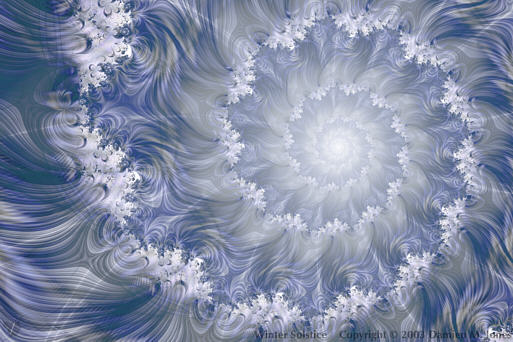
- The southern-most latitude where the noon-day sun shines directly overhead on Winter Solstice day is also known as “The Tropic of Capricorn,” fact or fiction?
- The earliest sunset of the year happens within a day or 2 of the Winter Solstice, fact or fiction?
- “Yule” is another term for the Winter Solstice, fact or fiction?
- Christmas, widely known as the celebration of Jesus’s birth, is also a celebration of the Winter Solstice, fact or fiction?
- The coldest days of the year are typically around the Winter Solstice when sunlight is at its scarcest, fact or fiction?
Fact or Fiction?
Answers:
1. Fact.
At around 23.5 degrees south latitude, aka “The Tropic of Capricorn”, the sun shines directly overhead on the first day of winter (when the sun moves into the sign Capricorn). Conversely the Tropic of Cancer is in the northern hemisphere and marks the latitude where the sun shines directly overhead on the first day of summer.
2. Fiction.
Though the winter solstice is the shortest day of the year due to the elliptical rotation of the earth the sunsets/sunrises due not line up accordingly. The earliest sunset this year actually occurs on the December 7 and the latest sunrise is January 5.
3. Fact.
Yule is a traditional Northern European Celebration of the winter solstice, mostly associated with the Celtic tradition honoring the re-birth of the “Sun-God”.
4. Fact.
The Early Christians believed that theirs was the absolute “word of God” so in an effort to make their religion more attractive to the Pagan populous they created their holy days in alignment with the Pagan celebrations. In the case of Yule/Christmas the Solstice celebration of the re-birth of the “Sun-God” shifted a few days forward and became a celebration of the birth of “The Son of God”. According to two different schools of historic thought Jesus was either born around March or in September.
5. Fiction.
Due to thermodynamic factors such as green house gases and the vast oceans which cover our Earth (water warms and cools very slowly) there is lag between the time of minimum sunlight and the date of minimum temperature. Climatologically the coldest day of the year in the Northern Hemisphere is around January 25.
How did you do?
If you got all 5 right you are a “Winter-winner”
If you got 3-4 right you are a “Winter-whiz”
If you got 1-2 right you are a “Winter-wimp”
If you got 0 right you are a “Floridian”




